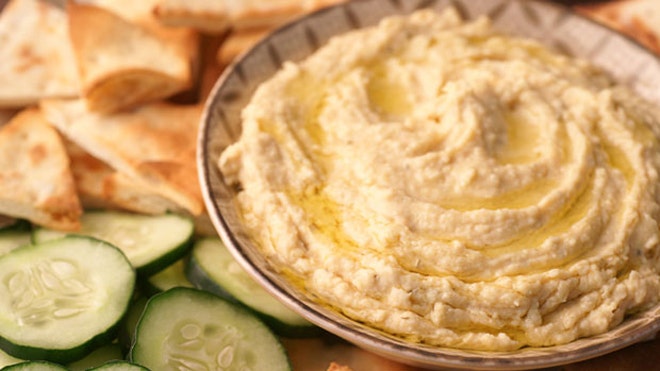
Creamy, delicious avocados are a healthy way to add tons of nutrients and flavor to your meals, from breakfast to dessert. Full of monounsaturated fat, fiber, and vitamins, this versatile super fruit can be used in so many ways, both in and out of the kitchen, as these recipes prove.
1. Avocado and Smoked Salmon on Toast:
Streamline your morning routine with this quick breakfast. It provides healthy fats from the avocado, protein from the smoked salmon, and tons of flavor from the tamari and lemon.
Serves: 2
Ingredients:
2 slices gluten-free bread
1 ripe avocado, halved
Juice of 1/2 lemon
1 dash tamari soy sauce
Pepper
2 slices smoked salmon
Directions:
Toast bread. In a small bowl, use a fork to mash avocado with lemon juice, tamari, and pepper to taste. Spread avocado mixture on toast and top with salmon.
Nutrition score per serving: 297 calories, 16g fat (2g saturated), 31g carbs, 9g protein, 8g fiber, 420mg sodium, 4g sugars
2. Simple Avocado Quinoa Salad
Combine quinoa, kale, and of course avocado for a super salad. This makes a perfect side dish or lunch for a summer picnic.
Serves: 4
Ingredients:
3 cups cooked quinoa, cooled
1/4 red onion, thinly sliced
1 Fuji apple, thinly sliced into half moons
2 cups purple or Lacinato kale leaves, chopped into ribbons
Juice of 1 lemon
2 tablespoons extra-virgin olive oil
2 teaspoons honey
1 pinch sea salt
1 avocado, cubed
1/4 cup crumbled feta or chevre (optional)
Directions:
1. In a large salad bowl, toss quinoa, onions, apple, and kale to combine.
2. Drizzle in lemon juice, oil, honey, and salt, and toss to coat well.
3. Gently fold in avocado and feta, if using. Serve chilled or at room temperature.
Nutrition score per serving: 293 calories, 16g fat (2g saturated), 35g carbs, 6g protein, 7g fiber, 72mg calcium, 97mg sodium
3. Avocado Chocolate Smoothie
This smoothie was inspired by my friend Kim Barnouin, author of Skinny Bitch. Ever since I had an avocado chocolate mousse at one of her dinner parties, I can’t get enough of the unique, delicious combination.
Serves: 2
Ingredients:
1 ripe avocado, peeled and pitted
2 tablespoons dark unsweetened cocoa powder
2 tablespoons agave nectar
1 frozen banana
1 cup ice
1 cup unsweetened almond milk
Directions:
Combine all ingredients in a blender and blend until smooth. Serve immediately.
Nutrition score per serving: 306 calories, 17g fat (3g saturated), 42g carbs, 4g protein, 11g fiber, 124mg calcium, 101mg sodium, 24g sugars
The enzymes and oils in avocado can help restore moisture in dry skin. Grab a good book, a cup of tea, and relax while these all-natural beauty treatments work their magic.
4. Candice’s Sweet Avo-Honey Mask: In a small bowl, use a fork to mash 1/4 avocado. Stir in 2 teaspoons honey and apply to your face with clean hands. After 10 minutes, rinse off with warm water.
Candice’s 20-Minute Miracle Mask: In a small bowl, use a fork to mash 1/4 avocado. Stir in 1 tablespoon egg whites and 1/2 teaspoon extra-virgin olive oil, mixing until very creamy. Apply to your face with clean hands. After 20 minutes, rinse off with warm water.
This smoothie was inspired by my friend Kim Barnouin, author of Skinny Bitch. Ever since I had an avocado chocolate mousse at one of her dinner parties, I can’t get enough of the unique, delicious combination.
Serves: 2
Ingredients:
1 ripe avocado, peeled and pitted
2 tablespoons dark unsweetened cocoa powder
2 tablespoons agave nectar
1 frozen banana
1 cup ice
1 cup unsweetened almond milk
Directions:
Combine all ingredients in a blender and blend until smooth. Serve immediately.
Nutrition score per serving: 306 calories, 17g fat (3g saturated), 42g carbs, 4g protein, 11g fiber, 124mg calcium, 101mg sodium, 24g sugars
The enzymes and oils in avocado can help restore moisture in dry skin. Grab a good book, a cup of tea, and relax while these all-natural beauty treatments work their magic.
Source: shape









.png)
